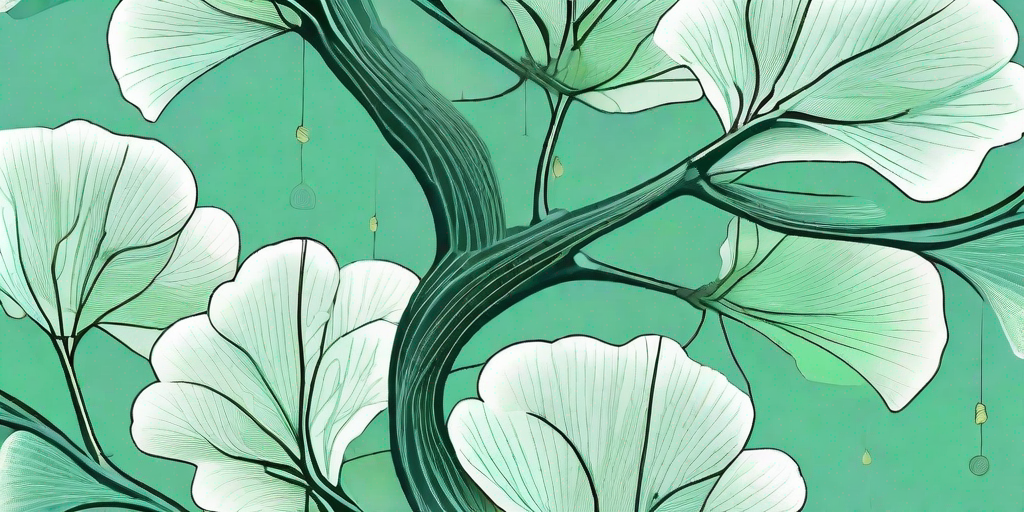
Welcome, dear reader, to the wonderful world of Ginkgo trees. Today, we're going to delve into the fascinating, and slightly cheeky, world of the male Ginkgo tree's reproductive system. Buckle up, because this journey is going to be pollen-packed and full of surprises!
The Intriguing Life of a Male Ginkgo Tree
Now, you might be wondering, "What's so special about a male Ginkgo tree?" Well, let me tell you, these trees are the Don Juans of the plant world. They're all about spreading their pollen far and wide, and they've got some pretty nifty tricks up their bark to do it.
Firstly, unlike many trees that produce both male and female flowers on the same tree (these show-offs are called 'monoecious'), Ginkgo trees are 'dioecious', meaning they have separate male and female trees. This means our male Ginkgo has to work a little harder to make sure his pollen reaches a female tree. But don't worry, he's got this covered.
The Magic of Ginkgo Pollen
Let's talk about the star of the show: the pollen. Ginkgo pollen is a tiny, microscopic grain that carries the male genetic material. It's like a tiny love letter, sent from the male tree to the female tree. And boy, does the male Ginkgo know how to write a good love letter.
Each grain of pollen is surrounded by a tough outer layer called an exine. This layer is covered in tiny spikes, which help the pollen stick to insects or the wind, increasing its chances of reaching a female tree. It's like the pollen has its own set of hiking boots and climbing gear, ready to conquer the journey to the female tree.
The Journey of the Pollen
Once the pollen is ready to go, the male Ginkgo releases it into the wind in a process called 'anemophily'. This is a fancy way of saying 'wind pollination'. It's like the pollen is going on a grand adventure, flying through the air, over mountains and rivers, in search of the female tree.
And when it finds a female tree, the pollen grain germinates, sending a pollen tube down into the ovule. This tube carries the male genetic material, which will combine with the female genetic material to create a new Ginkgo seed. It's a beautiful, natural process, and the male Ginkgo tree plays a crucial role in it.
The Male Ginkgo's Secret Weapon
Now, here's where the male Ginkgo tree gets a bit cheeky. You see, it has a secret weapon in its pollen-spreading arsenal: a type of volatile organic compound called 'ginkgolides'. These compounds have a strong smell that attracts insects, which then help to spread the pollen.
It's like the male Ginkgo tree is throwing a party, and the ginkgolides are the irresistible perfume that draws the insects in. Once they're there, they get covered in pollen, and when they fly off to another tree, they take the pollen with them. It's a clever strategy, and it's one of the reasons why Ginkgo trees have been around for over 270 million years.
FAQs
Why are there separate male and female Ginkgo trees?
Having separate male and female trees is a strategy that helps to increase genetic diversity. By forcing the pollen to travel from one tree to another, it ensures that the offspring will have a mix of traits from both parents, which can help the species adapt to changing environments.
What do Ginkgo trees look like?
Ginkgo trees are quite distinctive, with fan-shaped leaves that turn a beautiful golden yellow in autumn. The male trees produce small, cone-like structures from which the pollen is released, while the female trees produce small, round ovules that will become the seeds once fertilized.
Can I grow a Ginkgo tree in my garden?
Yes, you can! Ginkgo trees are hardy and can tolerate a range of conditions. However, you might want to consider planting a male tree, as the seeds produced by female trees have a strong, unpleasant smell when they fall and start to rot.
Conclusion
So there you have it, the fascinating world of the male Ginkgo tree's reproductive system. From the rugged pollen grains to the irresistible allure of ginkgolides, these trees really know how to spread their love. So next time you see a Ginkgo tree, take a moment to appreciate the incredible journey its pollen has been on. And remember, in the world of Ginkgo trees, it's the males that really know how to make things happen.
Until next time, keep exploring the wonderful world of trees!















